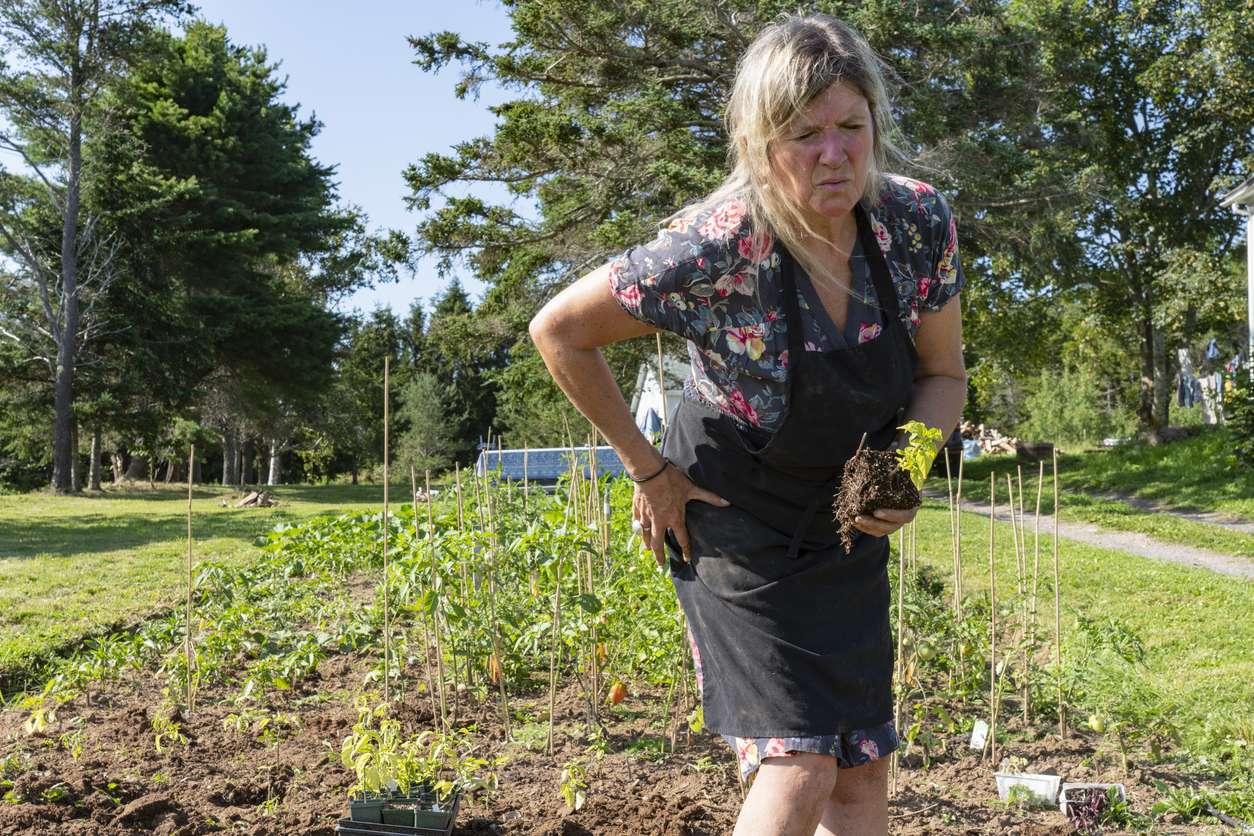Smart Irrigation Tips to Cut Water Use and Boost Growth
Efficient irrigation can reduce water use while improving plant health and landscape resilience. This article outlines practical steps—from scheduling and soil improvement to composting, planting choices, pruning, and adapting systems for indoor and outdoor spaces. It also highlights sustainable DIY and upcycling ideas to make irrigation more effective and aligned with broader home renovation and landscaping goals.

How can smart irrigation reduce water use?
Smart irrigation focuses on delivering the right amount of water at the right time to the right place. Use weather-based controllers or simple timers to avoid watering during rain or peak evaporation hours. Group plants with similar needs to reduce overwatering, and consider drip systems for beds and containers to target roots instead of wetting foliage. Adjust schedules seasonally and monitor soil moisture rather than sticking to a fixed calendar. These practices cut waste, promote deeper root systems, and support healthier growth for planting across both formal landscaping and casual garden beds.
What soil practices improve water retention?
Soil quality strongly influences how much water your landscape needs. Incorporate organic matter such as compost or well-aged mulch to increase water-holding capacity and improve structure. Avoid compacting soil during renovation or heavy work—compaction reduces infiltration and increases runoff. Test soil texture and pH periodically and amend clay or sandy soils with appropriate organic material to balance drainage and retention. Good soil management also reduces the need for frequent watering and supports sustainability by improving nutrient cycling and supporting beneficial organisms around plant roots.
How does composting support irrigation efficiency?
Composting returns nutrients and organic matter to soil, helping it retain moisture and reducing irrigation frequency. Apply compost as a top dressing or mix it into planting holes to improve water-holding capacity in both new and established beds. Use compost tea sparingly to encourage microbial life in the root zone, which can enhance plant resilience during dry spells. Combining compost with a layer of mulch reduces surface evaporation and moderates soil temperature—practical for both outdoor landscapes and container planting in indoor and patio settings.
Can planting and pruning affect water needs?
Choice of plants and pruning practices directly influence how much water a garden requires. Select species suited to your climate and microclimate—drought-tolerant varieties for sunny, exposed areas and moisture-loving species in shaded or low-lying spots. Pruning affects canopy size and transpiration rates; strategic pruning reduces unnecessary water loss while maintaining plant form and flowering. In landscaping and decor planning, place thirsty plants near irrigation outlets and group them by water need. Thoughtful planting and timely pruning reduce overall demand on irrigation systems.
How to adapt irrigation for indoor and outdoor spaces?
Indoor and outdoor environments require different approaches. For indoor plants, use well-draining potting mixes and water based on pot moisture rather than fixed schedules; self-watering containers and moisture meters help prevent overwatering. Outdoors, use drip lines, soaker hoses, or micro-spray for beds, and rotary nozzles for turf areas to improve uniformity. Consider zoning systems so indoor containers, flower beds, turf, and shrubs receive appropriate volumes. Integrate lighting and organization of plumbing lines during renovation or landscaping projects to reduce evaporation and make maintenance easier.
What sustainable landscaping and DIY approaches help?
Sustainability includes simple DIY and upcycling solutions: repurpose rain barrels to collect roof runoff, use reclaimed materials for raised beds, and install permeable surfaces to reduce runoff. Improve organization of garden zones to place compatible plants together and simplify irrigation layouts. Low-energy irrigation controllers and solar-powered valves reduce electricity needs. Incorporate landscape lighting that minimizes heat near plants and avoids drying out soil. These measures combine with broader renovation or decor plans to create attractive, water-efficient outdoor and indoor spaces.
Smart irrigation pairs technology with good horticultural practice—improving soil, using compost, selecting appropriate plants, and applying targeted water where it’s needed. By grouping plants by water needs, adjusting schedules seasonally, and adopting sustainable DIY fixes such as rainwater harvesting and upcycled materials, you can cut water use while boosting plant growth and landscape resilience. The result is a healthier, more sustainable environment that aligns with landscaping, renovation, and indoor/outdoor decor goals without unnecessary resource use.




